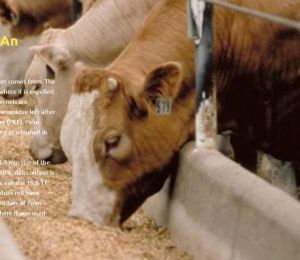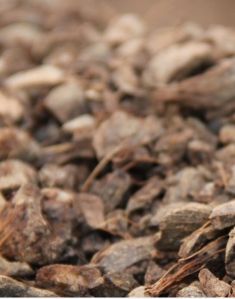Welcome to Kyoto Oils & Grains M Sdn. Bhd.
Manufacturer / Exporter / Supplier Of Palm Kernel Expeller, Palm Kernel Shells
-
Year of Establishment
2005
-
Primary Business
Supplier
-
Number of Employees
6 - 10
Welcome to Kyoto Oils & Grains M Sdn. Bhd.
Manufacturer / Exporter / Supplier Of Palm Kernel Expeller, Palm Kernel Shells

Year of Establishment
2005

Primary Business
Supplier

Number of Employees
6 - 10

The inner palm kernel is where the Palm Kernel Expeller comes from. The inner nut, the kernel, is sent to the expeller factories where it is expelled twice to produce a higher quality oil, palmolein. The kernels are centrifugally cracked in a drum machine and milled. The residue left after oil extraction from palm kernels is Palm Kernel Expeller (PKE). Palm Kernal Expeller is a good animal feed.It can also be used as a biofuel in certain cases. Palm Kernel Expeller is a brown powder, mostly with 1-5 mm size of the particles. Moisture of the product is on the level of 9-10%. Ash content is 3, 7-4%. Chlorine is 0, 15%. Sulphur 0, 28% . Net calorific value is 16, 8-17 GJ per mt. PKE is a good biomass: ash is rather low, it does not have strong smell, net calorific value is rather high. Big quantities of Palm Kernel Expeller has been sold to UK power stations where it was used mostly for co firing with coal.

Biomass residue from palm oil industries are attractive renewable energy fuel in Southeast Asia. The abundance of these biomass resources is increasing with the fast development of palm oil industries in Malaysia, Indonesia and Thailand. In the Palm Oil value chain there is an overall surplus of by-products and the utilisation rate of these by-products is low. Palm kernel shells (or PKS) are the shell fractions left after the nut has been removed after crushing in the Palm Oil mill. Kernel shells are a fibrous material and can be easily handled in bulk directly from the product line to the end use. Large and small shell fractions are mixed with dust-like fractions and small fibres. Moisture content in kernel shells is low compared to other biomass residues with different sources suggesting values between 11% and 13%. Palm kernel shells contain residues of Palm Oil, which accounts for its slightly higher heating value than average lignocellulosic biomass. Compared to other residues from the industry, it is a good quality biomass fuel with uniform size distribution, easy handling, easy crushing, and limited biological activity due to low moisture content.
Share your thoughts with other customers for Kyoto Oils & Grains M Sdn. Bhd.
Add Review